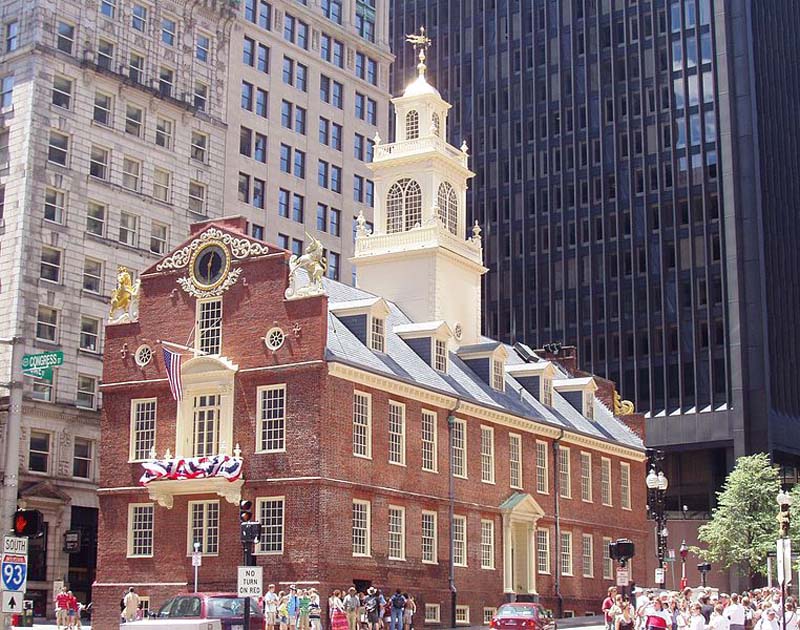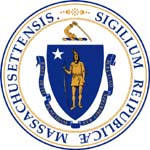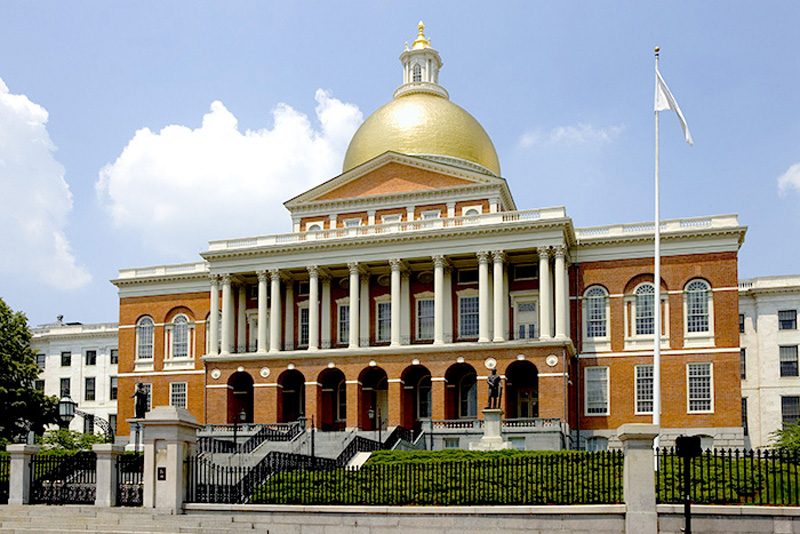|
||||||||
|
||||||||
 |
||||||||
|
Completed:
1713 Architect: Robert Twelves Stock Photo |
||||||||
|
|
||||||||
|
Built in 1713, the Old State House was the
seat of the Massachusetts legislature until 1798.
One of the landmarks on Boston's Freedom Trail, it
is the oldest surviving public building in Boston,
and acts as a history museum operated by the
Bostonian Society.
From 1830 to 1841, the building was Boston's city hall. After Boston's city hall left, the whole building was rented out for commercial use. This had also been the case in the interim between the State House period and the City Hall period. Occupants included tailors, clothing merchants, insurance agents, railroad line offices, and more. As many as fifty businesses used the building at once. In 1881, in response to plans for the possible demolition of the building due to real estate potential, The Bostonian Society was formed to preserve and steward the Old State House. In 1881-1882, restorations were conducted by George A. Clough. In 1882, replicas of the lion and unicorn statues were placed atop the East side of the building, after the originals that had been burned in 1776. On the West side, the building sports a statue of an eagle, in recognition of the Old State House's connection to American history. |
||||||||
| ADDRESS: 206 Washington St, Boston, MA 02109 | ||||||||

